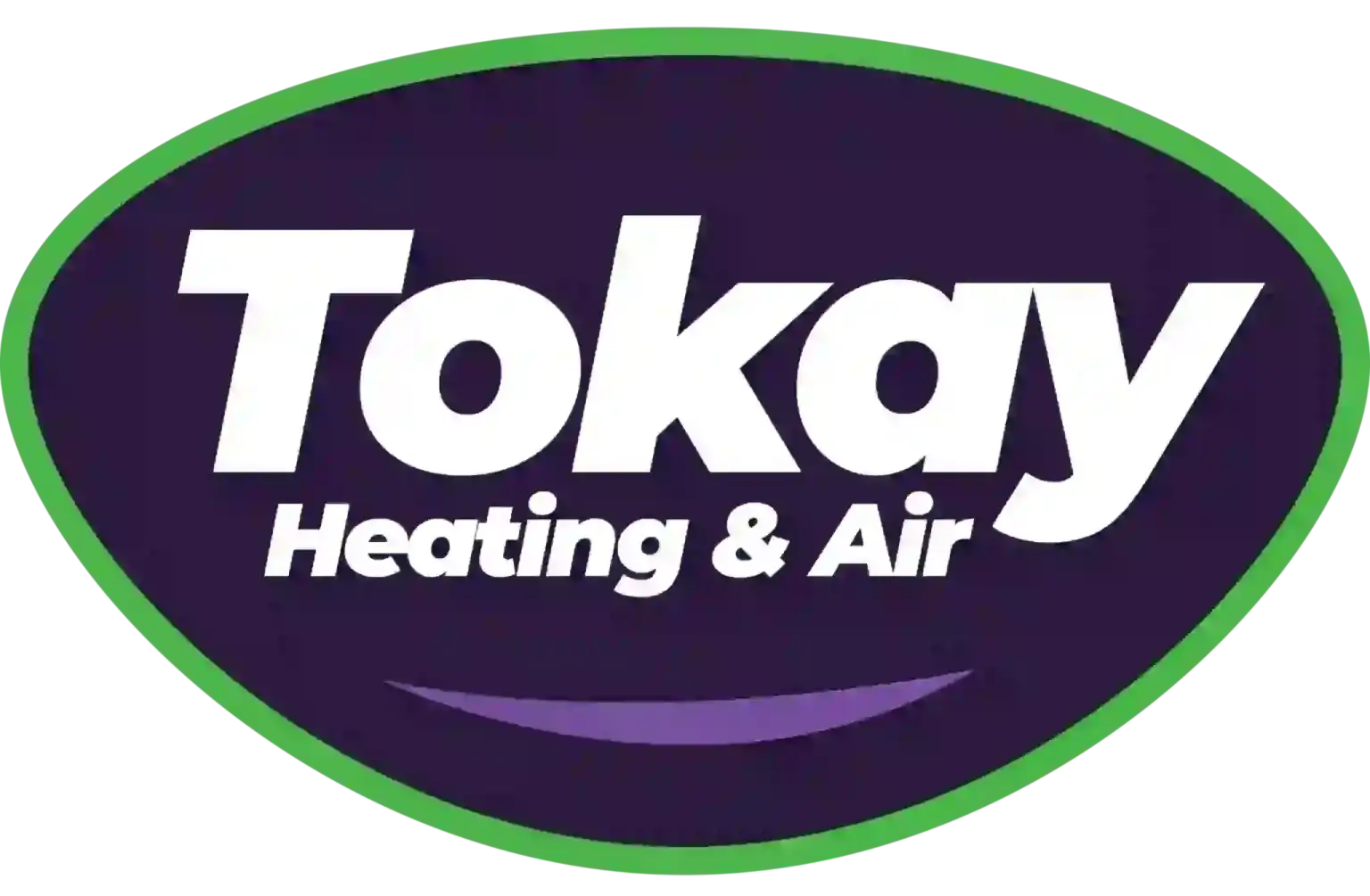Are Air Conditioning Refrigerants Being Phased Out?
You might not think often about how your air conditioner functions, but it relies on refrigerant to keep your house cold. This refrigerant is subject to environmental regulation, as it contains chemicals.
Based on when your air conditioner was put in, it may require R-22, R-410A or R-32 refrigerant. We’ll discuss the differences and which air conditioner refrigerants are being phased out in Lodi, as well as how these phaseouts impact you.
What’s R-22 And Why Is It Phased Out?
If your air conditioner was installed before 2010, it probably has Freon®. You can find out if your air conditioner contains it by reaching us at (209) 257-3156. You can also look at the nameplate on your air conditioner condenser, which is situated outside your house. This sticker will have info on what model of refrigerant your AC needs.
Freon, which is also referred to as R-22, includes chlorine. Scientists consider R-22 to be bad for the earth’s ozone layer and one that contributes to global warming. The Environmental Protection Agency, which controls refrigerants in the United States, barred its manufacture and import in January 2020.
I Have A R-22 Air Conditioner. Should I Replace It?
It depends. If your air conditioning is cooling as designed, you can continue to use it. With regular air conditioner maintenance, you can expect your system to run around 15–20 years. However, the Department of Energy notes that replacing a 10-year-old air conditioner could save you 20–40% on summertime cooling expenses!
If you don’t get a new air conditioner, it can cause an issue if you need air conditioning repair later on, specifically for refrigerant. Repairs might be pricier, because only limited quantities of recycled and reclaimed R-22 is accessible.
With the phaseout of R-22, many new air conditioners now rely on Puron®. Also called R-410A, this refrigerant was developed to keep the ozone layer in good shape. Because it requires a different pressure level, it isn’t compatible with air conditioners that use R-22 for cooling.
However, Puron still has the possibility to create global warming. As a consequence, it could also sometime be phased out. Although it hasn’t been disclosed yet for residential air conditioners, it’s expected sometime this decade.
What Refrigerant Will Replace R-410A?
In preparation of the end, some manufacturers have begun using R-32 in new air conditioners. This refrigerant ranks low for global warming potential—approximately one-third less than R-410A. And it also reduces energy consumption by approximately 10%, according to the Intergovernmental Panel on Climate Change’s Fourth Assessment Report. That’s savings that might be sent on to you through your energy expenses.
Tokay Can Provide Support with All Your Air Conditioning Needs
In brief, the modifications to air conditioner refrigerant probably won’t impact you very much until you have to have repairs. But as we discussed previously, refrigerant repairs might be more expensive since there are the reduced amounts on hand.
Not to mention, your air conditioner usually stops working at the worst time, often on the warmest day when we’re experiencing lots of other appointments for AC repair.
If your air conditioner uses an outdated refrigerant or is more than 15 years old, we suggest getting a new, energy-efficient air conditioner. This provides a stress-free summer and might even reduce your electrical bills, especially if you get an ENERGY STAR®-rated air conditioner. Plus, Tokay provides many financing programs to make your new air conditioner work with your budget. Contact us at (209) 257-3156 to begin right away with a free estimate.


